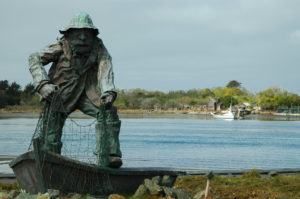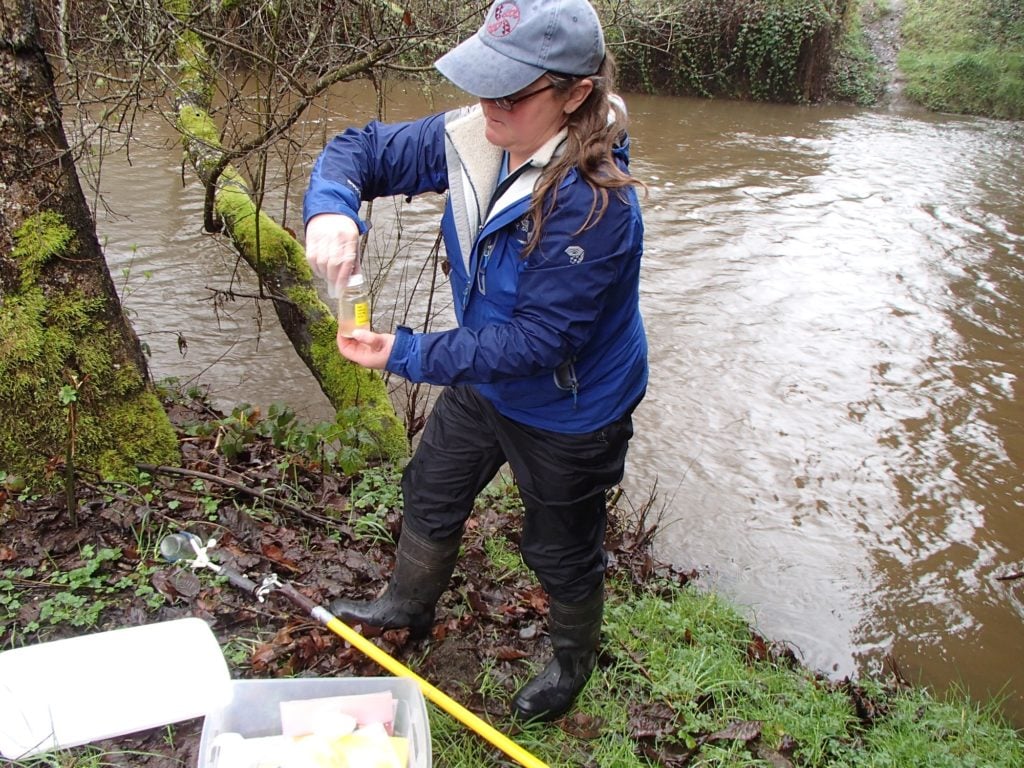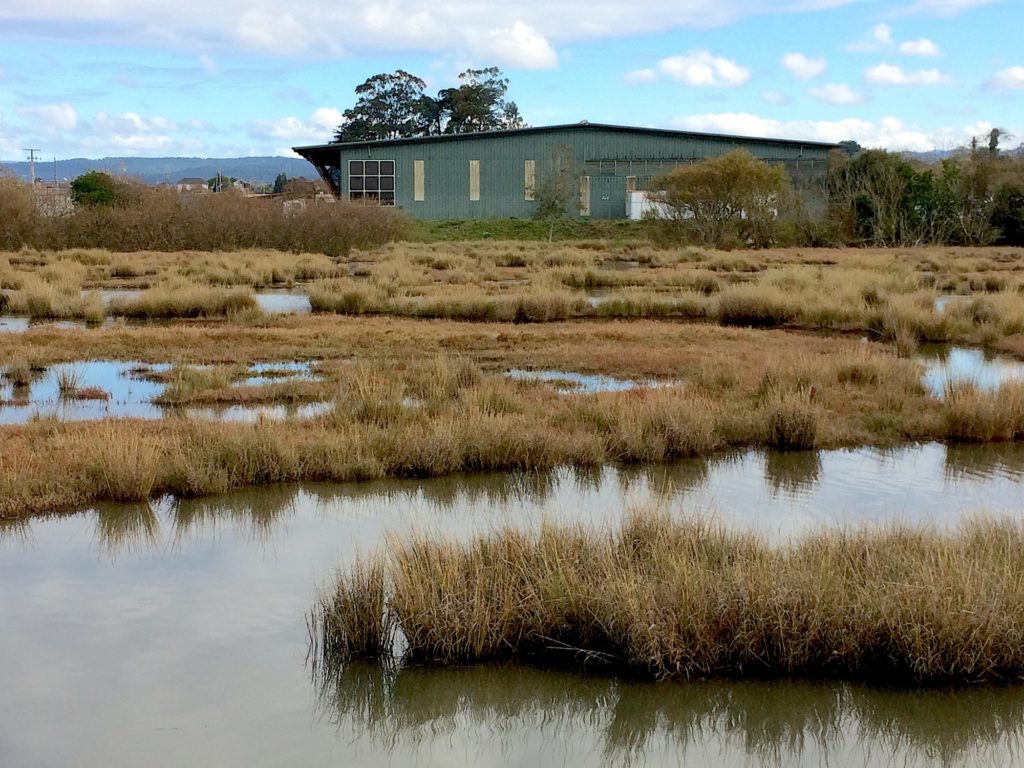Making Waves in Humboldt Bay
By: Lesley Adams
By Lesley Adams, Senior Organizer, Western U.S.

In late 2017 Humboldt Baykeeper rode a tidal wave of Clean Water Act victories aimed at reducing pollution in California’s second-largest natural estuary, filing four court actions, and winning each time.
“The bay emerges from a land where redwoods are logged and marijuana is harvested, contributing to a variety of pollutants, including legacy dioxins from timber mills and pesticides from marijuana operations, that harm the waters and wildlife.”
The largest protected body of water on the West Coast between San Francisco Bay and Puget Sound, Humboldt Bay supports more than 100 species of fish, including green sturgeon, coho and Chinook salmon and steelhead trout, as well as Dungeness crab and more than 70 percent of California’s oysters. The bay’s bordering wetlands provide habitat for millions of migratory birds that travel along the Pacific Flyway each year.
The bay emerges from a land where redwoods are logged and marijuana is harvested, contributing to a variety of pollutants, including legacy dioxins from timber mills and pesticides from marijuana operations, that harm the waters and wildlife along California’s north coast. Fortunately, the Baykeeper organization, though just a “teenager,” is the area’s spunky and visionary guardian.
Spawned by an effort to stop a proposed liquefied-natural-gas terminal, the Arcata-based Baykeeper was founded in 2004 to protect coastal resources for the health, enjoyment, and economic strength of the surrounding communities, providing education, scientific research, and enforcement of laws to fight pollution. Baykeeper Jen Kalt, a botanist and long-time conservation advocate, has been there the whole time. She launched the organization’s Citizen Water-Monitoring Program in 2005, and was policy director for three years before taking the reins in 2014.

Humboldt Baykeeper’s four Clean Water Act enforcement victories in 2017 resulted in the awarding of $130,000 to local nonprofit groups and municipalities to restore wetlands, monitor water quality, and build public bathrooms to be used by the homeless.
As a result of its suit against the California Redwood Company, alleging that the company was allowing contaminated stormwater from its wood chip dock facility and former mill site to enter Humboldt Bay since at least September 2011, the company contributed $35,000 to Friends of the Dunes to enhance wetlands beneficial to the bay’s water quality. It also installed equipment to treat stormwater and is conducting employee training to prevent stormwater runoff from entering the bay.

But despite Humboldt Baykeeper’s banner year, Jen Kalt bemoans the current lack of enforcement of environmental laws across the United States. For authorities to enable businesses to operate outside of those laws, she says, is “an injustice to the people who believe in running their businesses in ways that follow the law and protect the environment.”
The Clean Water Act has never been the only instrument in Humboldt Baykeeper’s toolbox. Its “Toxics Initiative” includes a study to analyze levels of mercury in marine life, including lingcod, halibut, clams, and oysters, that are caught or dug up in the bay. The organization also leads motor boat and kayak tours of the bay to teach local residents about ecology, stewardship, and pollution. “Industries come and go,” Jen Kalt says, “but if we destroy the bay and rivers, they’re gone forever.”